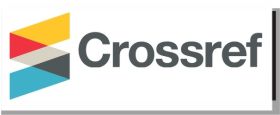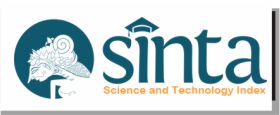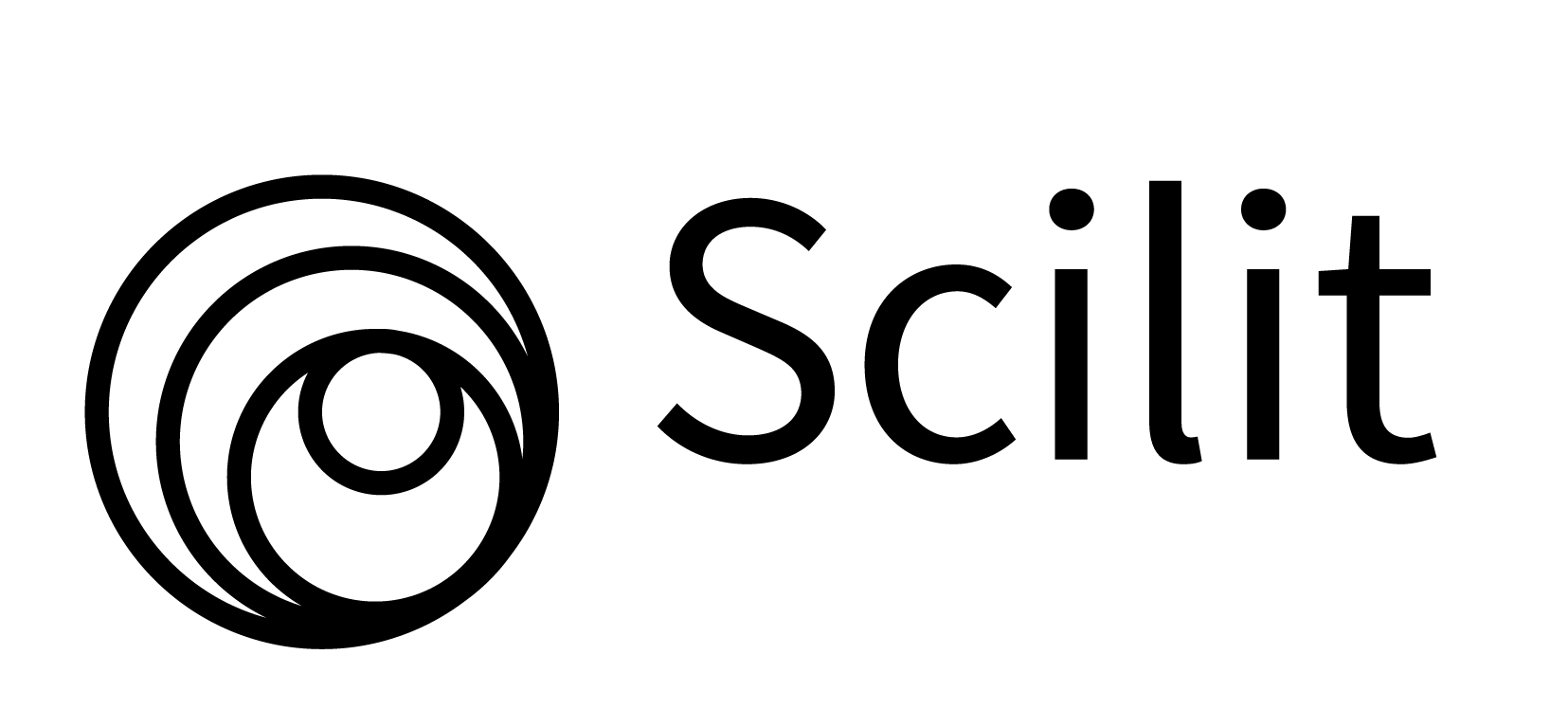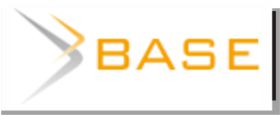Makna Ambiguitas Pesan Pemberdayaan Masyarakat (Studi Kasus: Kampanye Sosial “Ketimbang Ngemis” di Media Sosial)
Abstract
As a tool to create community empowerment, Community of Ketimbang Ngemis invites people to participate in social activities by providing information in the form of messages addressed through their social media accounts. Social campaign activities by Community of Ketimbang Ngemis aim to educate, invite, and awaken the community through information published on social media. However, for example, the speech meaning cannot be released from context. The same speech spoken in different situations has the potential to have different meanings. Therefore, the term of Ketimbang Ngemis raises an ambiguous meaning. If it is analyzed based on denotative meaning, this term has the impression that all elderly and disabled people are always begging. Besides that, it can be seen the use of connotative meaning, the terms contained in the wider community so as not to pity the beggars because begging behavior is lazy behavior, which makes a person become helpless and self-sufficient without any connection with others.
Keywords
Full Text:
PDFReferences
B. Huffner, (2002). Human Communication. London: Sage Publication.
R. Nasrullah, (2015), Media Sosial; Persfektif Komunikasi, Budaya, dan Sosioteknologi. Bandung: Simbiosa Rekatama Media.
C. Abdul, (1995), Pengantar Semantik Bahasa Indonesia, Kedua. Jakarta: Rineka Cipta.
D. Purwanti, (2013), “Makna Ambiguitas Slogan Iklan Sepeda Motor Di Televisi,” Muhammadiyah Surakarta
K. Widjajanti, (2011), “Model Pemberdayaan Masyarakat”, J. Ekon. Pembang., vol. 12, no. 1, pp. 15–27.
A. Muslim, (2007), “Pendekatan Partisipatif Dalam Pemberdayaan Masyarakat,” Apl. Ilmu-Ilmu Agama, vol. VIII, no. 2, pp. 89–103.
R. Permana, (2014), “Peran Media Sosial Tiwitter @PKPU dalam Menciptakan Partisipasi Masyarakat (Kasus Pada Program Sebar Qurban Indonesia oleh Pos Keadilan Peduli Ummat),” in Media, Budaya, dan Masyarakat Urban Indonesia, pp. 219–228.
Eka Rahma Sari, (2014) “Edukasi Politik Bagi Generasi Muda Indonesia Melalui Twitter,” in Media, Budaya, dan Masyarakat Urban Indonesia, pp. 173–182.
M. dan D. F. Retnasary, (2018), “Peran Instagram Sebagai Media Promosi,” Syntax Lit., vol. 3, no. 4, p. 300
Y. Anwari et al., (2013), “Analisis Kalimat Ambigu Dalam Novel,” Artik. Ilm. Mhs. Univ. Bung Hatta, vol. 2, no. 3, pp. 1–8
Y. A. Piliang, (2004) “Semiotika Teks : Sebuah Pendekatan Analisis Teks,” Mediator, vol. 5, no. 2, pp. 189–198
W. L. Newman, (2013), Social Research Methods Qualitative and Quantitative Approache. Boston: Allyn & Bacon
DOI: https://doi.org/10.31334/ljk.v2i2.262
Refbacks
- There are currently no refbacks.
Copyright (c) 2018 LUGAS Jurnal Komunikasi

This work is licensed under a Creative Commons Attribution-NonCommercial-ShareAlike 4.0 International License.
Lihat Statistik Saya
TERDAFTAR & TERINDEKS :
|
|

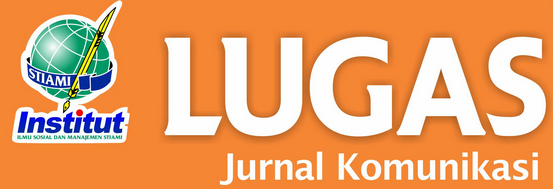





.png)

